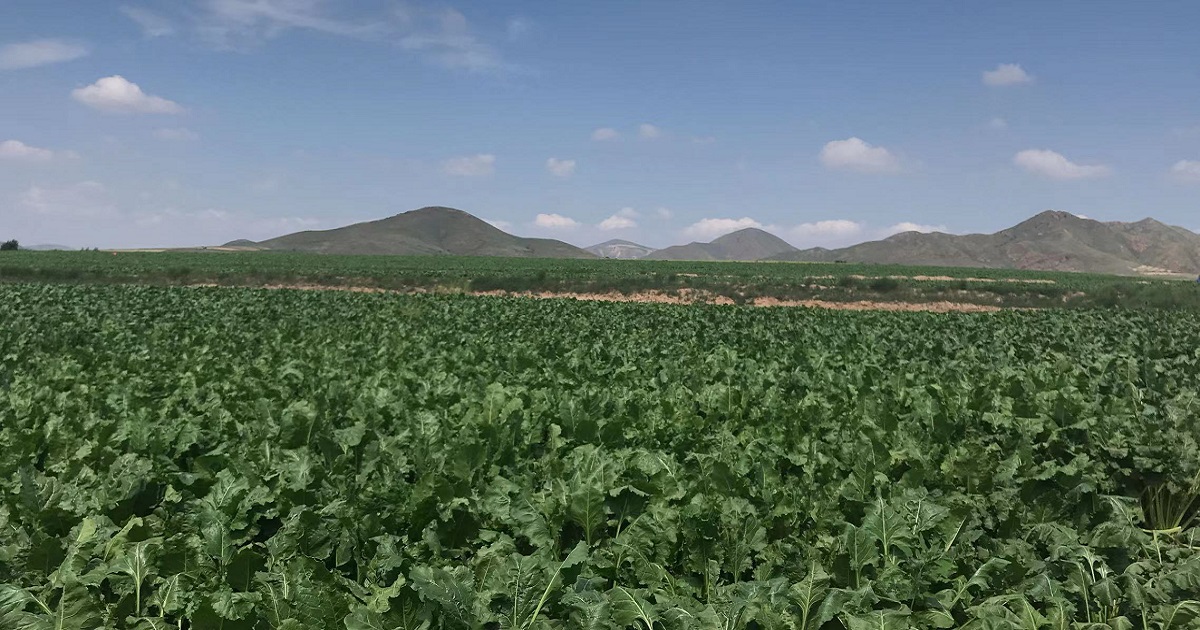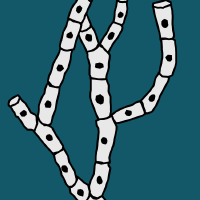Topic Menu
► Topic MenuTopic Editors


Recent Advances in Agricultural-Associated Viruses

Topic Information
Dear Colleagues,
Agricultural-associated viruses include viruses that rely on plants, fungi, oomycetes, protozoa, bacteria, nemotodes, and insect vectors of host diseases, which play critical ecological roles in agricultural and environmental ecosystems and are associated with food security, environmental safety, and sustainable development in a globalizing world. This Topic welcomes a wide variety of articles regarding emerging and re-emerging viruses in agricultural and environmental ecosystems, the development of routine and molecular detection tools for viruses, mechanisms of vector transmission, host–virus interactions regarding genetic, molecular, biochemistry, and biophysic aspects, the molecular mechanism of antiviral innate immunity, strategies for the generation of virus-resistant crops using routine and latest plant genome editing techniques, ecological roles and potential applications of persistent viruses in plants, fungi, oomycetes, bacteria, nemotodes, and vectors of host diseases, epidemiology, the risk assessment and integrated management of viruses and their caused diseases, and the viral modification of host functions affecting interactions with vectors and other organisms.
Prof. Dr. Cheng-Gui Han
Prof. Dr. Liying Sun
Topic Editors
Keywords
- plant viruses
- mycoviruses
- bacteriophages
- vector-borne viruses
- nematode viruses
- host–pathogen interactions
Participating Journals
| Journal Name | Impact Factor | CiteScore | Launched Year | First Decision (median) | APC |
|---|---|---|---|---|---|

Bacteria
|
- | - | 2022 | 15.0 days * | CHF 1000 |

Biology
|
4.2 | 4.0 | 2012 | 18.7 Days | CHF 2700 |

Journal of Fungi
|
4.7 | 4.9 | 2015 | 18.4 Days | CHF 2600 |

Pathogens
|
3.7 | 5.1 | 2012 | 16.4 Days | CHF 2700 |

Viruses
|
4.7 | 7.1 | 2009 | 13.8 Days | CHF 2600 |
* Median value for all MDPI journals in the second half of 2023.

MDPI Topics is cooperating with Preprints.org and has built a direct connection between MDPI journals and Preprints.org. Authors are encouraged to enjoy the benefits by posting a preprint at Preprints.org prior to publication:
- Immediately share your ideas ahead of publication and establish your research priority;
- Protect your idea from being stolen with this time-stamped preprint article;
- Enhance the exposure and impact of your research;
- Receive feedback from your peers in advance;
- Have it indexed in Web of Science (Preprint Citation Index), Google Scholar, Crossref, SHARE, PrePubMed, Scilit and Europe PMC.

